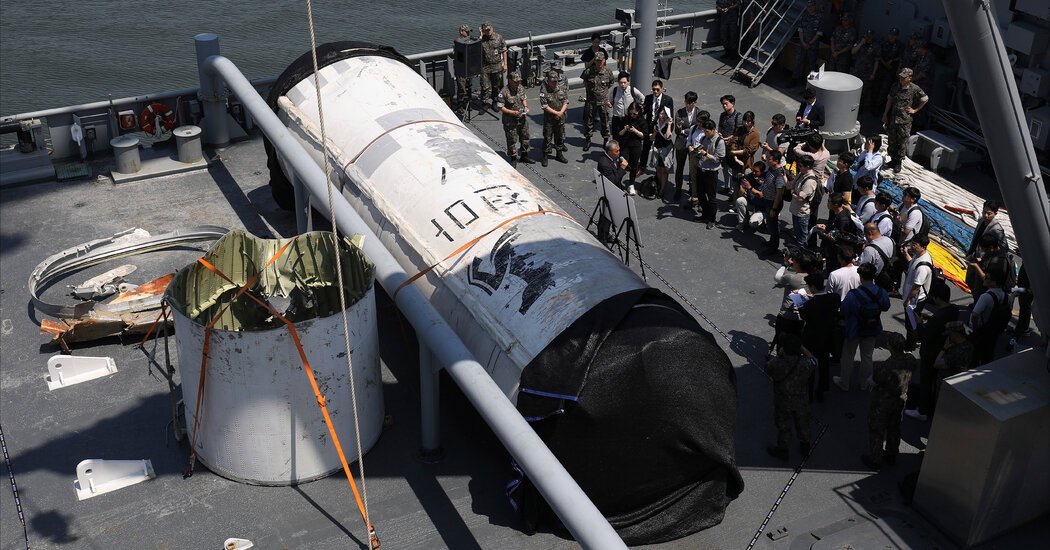Australia will accelerate efforts to make missiles for export to the United States and other countries under a plan announced on Saturday by Australian officials, who also said that they had paused a joint military exercise with the United States to search for the four-person crew of an Australian army helicopter that crashed overnight.
“Our focus at the moment is with finding our people,” said Angus Campbell, chief of the Australian defense force.
The crash and the new missile agreement highlight deepening military ties between the two allies — and the risks that come with the increased tempo of training exercises led by the United States in the region to strengthen deterrence against a more assertive China.
U.S. Secretary of State Antony J. Blinken and Defense Secretary Lloyd J. Austin III are both in Brisbane this weekend for bilateral meetings with Australian officials, focused primarily on expanding and clarifying how the two countries will work together on security in the region.
The gathering comes two years after a landmark deal called AUKUS, which also includes the United Kingdom and aims to build a collaborative mechanism for sharing nuclear-powered submarines and developing other kinds of advanced technology, including hypersonic missiles and quantum computers and sensors. But beyond AUKUS, the two countries have a long history of military collaboration reaching back more than a century to World War I.
For the new missiles, to be built with U.S. defense industry partners, Washington has agreed to fast-track licensing, with production expected to begin in 2025. The Australian government recently set aside $2.7 billion to acquire long-range strike missiles, which would bolster Australian stockpiles and could be exported to the United States or other countries, such as Ukraine. For Australia, it reflects both continuity and what many American and Australian officials have described as a higher level of interdependence among the United States and its allies and partners in the Indo-Pacific.
“It makes such a huge difference to have close friends as we tackle the challenges that we both face around the world,” said Richard Marles, Australia’s defense minister.
Military analysts said the missile news reflected a growing realization that the defense industrial base in the United States, struggling to keep up with requests from Ukraine and the U.S. Defense Department, stands to benefit from the manufacturing support of other countries.
“As the war in Ukraine has made clear, defense industrial production is necessary to sustaining a war effort,” said Charles Edel, the Australia chair and a senior adviser at the Center for Strategic and International Studies. “It’s also critical to deterring wars from breaking out in the first place.”
As part of the latest defense plan announced by American and Australian officials, the two countries will also work together to upgrade two air bases in northern Australia for an expansion of joint training exercises.
The United States is currently leading an annual exercise called Talisman Sabre, which involves several locations and branches of the U.S. military, along with the militaries of more than a dozen countries.
The helicopter crash during training occurred late Friday, around 11 p.m., near Hamilton Island in the far north of Australia, according to military officials. It was a two-helicopter mission — when one went down, the second helicopter began searching for the missing crew members. But as of Saturday morning, they had not been found.
“Our hopes and thoughts are very much with the aircrew and their families,” Mr. Marles said.





